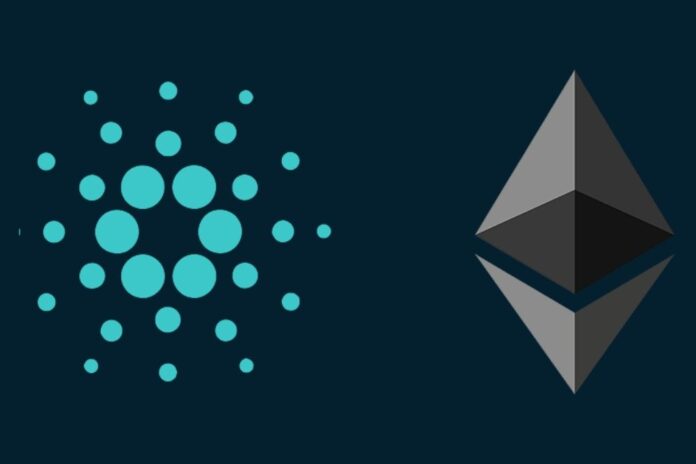Renewed interest in Plasma and allegations of idea replication ignite a spirited debate between Ethereum (ETH) and Cardano (ADA).
Plasma’s Resurgence and Buterin’s Proposal
Vitalik Buterin, co-founder of Ethereum, has once again captured the attention of the blockchain community with his recent blog post, breathing new life into Plasma, a scaling solution first introduced in 2017.
Technological advancements, particularly in the realm of ZK-SNARKs, a highly efficient form of cryptography, have paved the way for this resurgence.
Read Also: Ethereum Insider Reveals: Ethereum Founders’ Fraud Is 1000x Bigger than FTX Fraud
Plasma, initially overshadowed by roll-up technology, faced hurdles related to client-side data storage and adaptability. However, Buterin’s proposal suggests that these limitations can be overcome, potentially making Plasma a viable solution once again.
In his blog post, Buterin delves into the details of how validity proofs, specifically leveraging ZK-SNARKs, can simplify Plasma’s framework. These proofs ensure the authenticity of each block on the Plasma chain, reducing the state that users need to download. In certain cases, this could enable near-instant withdrawals.
Moreover, Buterin proposes extending this technology to the Ethereum Virtual Machine (EVM), employing a parallel UTXO graph for ETH and ERC20 tokens. This approach aims to streamline the complexities associated with account-based systems, thereby enhancing user experience and bolstering security within the Ethereum blockchain.
Cardano Community Raises Concerns
Despite the excitement surrounding the reintroduction of Plasma, the Cardano community has voiced apprehensions about Ethereum’s direction.
Community members accuse Ethereum of replicating ideas from Cardano’s Hydra, a layer-2 scalability solution that seeks to enhance transaction speed and scalability on the Cardano network using state channels – a concept that bears similarities to Plasma.
Prominent figures within the Cardano community, including Cardano founder Charles Hoskinson, have openly accused Ethereum of replicating ideas pioneered by Cardano, adding fuel to the ongoing debate between the two blockchain platforms.
Congratulations on implementing Cardano’s Hydra
— HOSKY (@hoskytoken) November 14, 2023
Read Also: Cardano’s Hoskinson on ETHGate: Nothing To Prove That Ethereum Bribed the SEC Against XRP
A Clash of Titans
The resurgence of Plasma and the subsequent accusations of idea replication underscore the ongoing competition and rivalry between Ethereum and Cardano.
While Ethereum has long held the mantle as the dominant blockchain platform, Cardano has emerged as a formidable contender, attracting a passionate and dedicated community.
Both Ethereum and Cardano continue to evolve, striving to tackle the challenges inherent in blockchain technology. The debate surrounding Plasma and Hydra serves as a testament to the innovation driving these platforms forward, and it remains to be seen how these competing solutions will shape the future of blockchain scalability.
We are on twitter, follow us to connect with us :- @TimesTabloid1
— TimesTabloid (@TimesTabloid1) July 15, 2023
Dynamic Landscape and Intensifying Competition
The revival of Plasma and the ensuing allegations of idea replication between Ethereum and Cardano exemplify the dynamic nature of the blockchain landscape.
As these platforms relentlessly innovate and adapt, the competition between them is expected to intensify. This healthy rivalry will likely fuel further advancements in blockchain technology, ultimately benefiting the wider blockchain community as a whole.
Follow us on Twitter, Facebook, Telegram, and Google News


